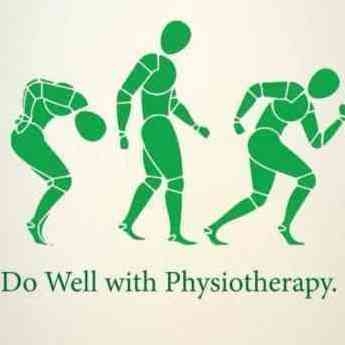+918042754929

This is your website preview.
Currently it only shows your basic business info. Start adding relevant business details such as description, images and products or services to gain your customers attention by using Boost 360 android app / iOS App / web portal.
Frozen Shoulder Adhesive capsulitis , often re...
Frozen Shoulder Adhesive capsulitis , often referred to as Frozen Shoulder, is characterized by initially painful and later progressively restricted active and passive movements Causes of Frozen Shoulder: Insidious: This means the condition occurs for no apparent reason at all. You may simply wake up with pain and limited motion. I have seen this many times in my clinical experience, and it is hard to understand why it comes on. You will see markedly limited motion within a few weeks. There is some evidence to indicate a genetic link to this condition as well. Trauma : In this scenario, a person often experiences significant trauma related to a fall, motor vehicle accident or other blunt trauma to the shoulder. I once worked with a patient who was knocked down by a wall of water in the ocean and subsequently developed adhesive capsulitis. Diabetes: Research has shown that people with Diabetes are 2-5x as likely to develop this condition and more likely to have it in both shoulders. The condition is often more severe in these situations as well. Inflammation coupled with immobilization: This case may involve someone who suffers an injury or is recovering from a surgery and is placed in a sling. Subsequently, the individual avoids moving the affected arm because of pain and spasm. Over time, the capsule becomes shortened and tightens up. I have seen this with patients following shoulder dislocations, humerus fractures, severe tendonitis and rotator cuff surgery. However, immobilization alone does not cause this condition. Autoimmune reaction : In some cases it appears tendon degeneration may trigger a response by your own body in which the capsular tissue becomes thickened and fibrotic (hardened). Some feel this explains why most people affected are older (between the ages of 40 and

